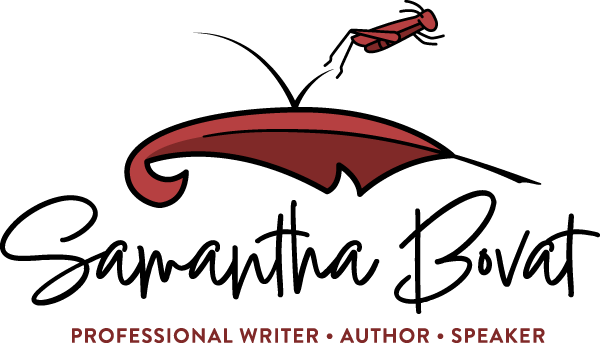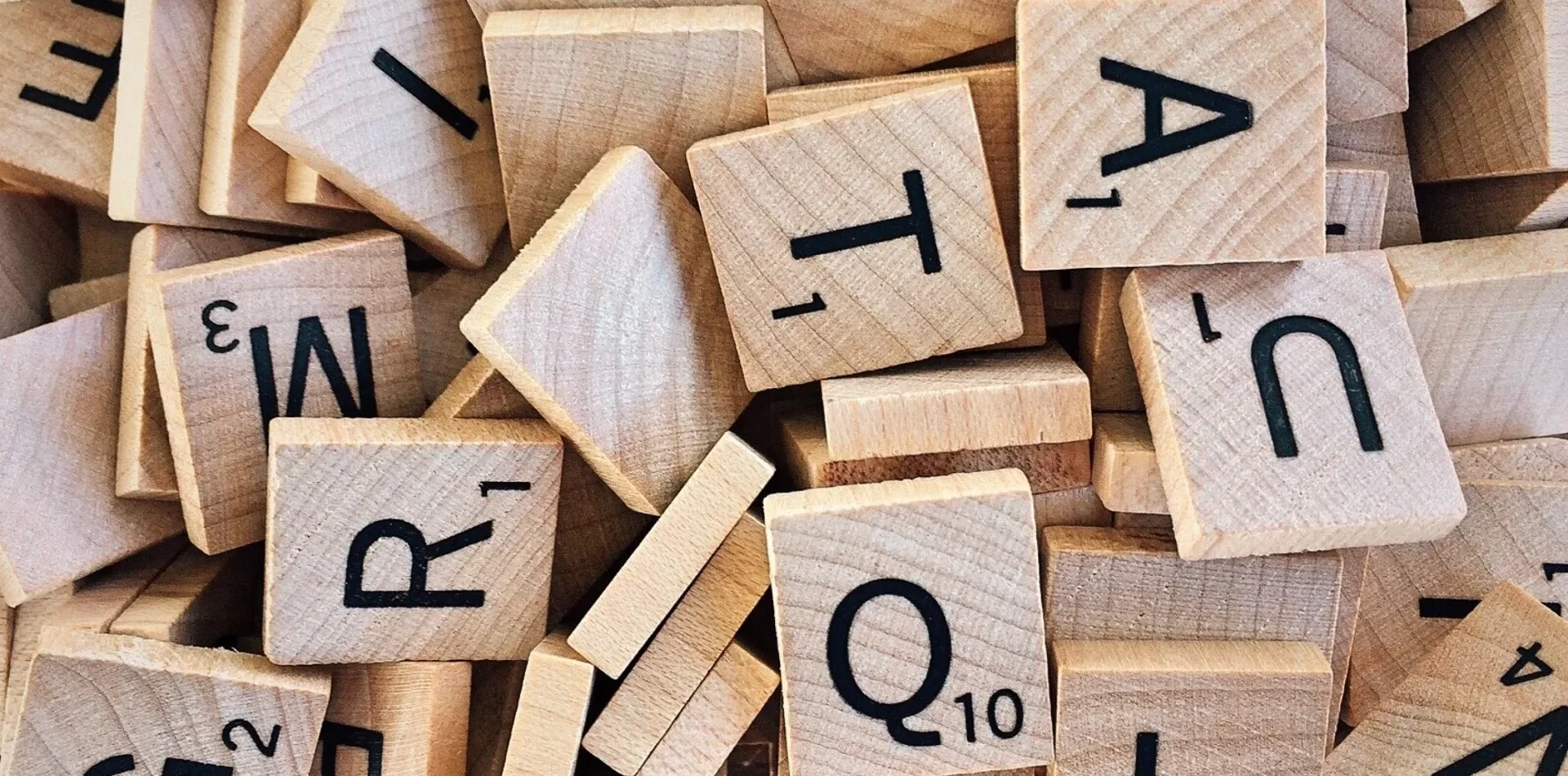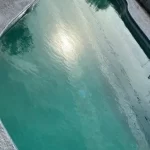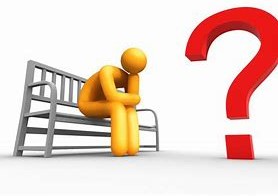On: Word Play
The subject of “Language Arts” in elementary school consists of reading and writing, speaking and listening, but also all the nitty gritty of the language being taught and its proper usage. What gets lost sometimes, however, is the art in language arts. I am reminded of this when I think about the fun things I did with my 5th and 6th graders that made us laugh and enjoy the playful side of learning language.
When I was growing up, we had a lot of discourse going on in the house, on car rides, and when the power went out. We were encouraged to play word games and increase our vocabulary. Recently I started playing “Wordscapes” on my phone. This is a game where you have six letters in a circle and you need to make words that fit into the crossword puzzle. My strategy is to just look at the letters and start making as many words as I can without even looking at the crossword puzzle. When I can’t think of any more words, I then start filling in the blanks using what is already in the puzzle. Inevitably, I always find the small 3 letter words to be the last ones I think of. I am telling you this because I realized why this is so important.
I love words and I love writing. I think using big words is fun, but also think that finding the right word is also critical to saying exactly what you mean. Having to manipulate letters and words should be made to be fun and not an arduous task. That is what I brought into my classroom. I wanted the students to be excited about both reading and writing and the art of language. Keep in mind that I know this is not every elementary teacher’s passion, so here are some examples of what you might consider doing to lighten the load.
These are a few games that I love and that stimulate the old brain.
- BOGGLE- Try to make as many words as you can using the 4×4 grid of letters that are face up. The trick is that the letters all have to be touching but can be connected in different directions. It is very hard for most kids to make a lot of words, partly because the letters aren’t always facing in the right direction, but also because the timer is set and when the pressure is on….you know how that goes.
- Tip: If you have students who have a hard time with the fact that the letters need to be connected, allow them to simply make as many words as they can using the letters on the board (as long as they don’t use the same letter more than once).
- Bananagrams- This game is played with letter tiles and each player has to make their own crossword design using the letters to make various words. The goal is to use up all of their letters and then use the rest of the letters left in the pile. The twist on this game is that the player can change any words at any time during the game.
- Tip: Kids get stuck trying to make one certain word based on some of the letters they have instead of making words with the letters they already have. They keep trading to finish that one word they want to make and waste the whole game doing so. You may need to help them to use the letter at hand or have them work in teams.
- Adjectives- Anything you do with them to utilize different adjectives is essential to the creative writing process. Sometimes I would take a poster board (or 2) and put the letters of the alphabet in a vertical line. Then I would break my class up into two teams. Each team would have a certain amount of time to make as many adjectives as they could using the first letter in the alphabet. They had to be creative and spell the words correctly. After the time was up, we would tally the score. If both teams had the same word- 0 points. If each team got a different word and they were adjectives- both teams got 1 point. In both cases, however, if the team spelled the word wrong- 0 points. At the end- whoever had more points won. Now, if there was a tie, you could take the team that had the biggest word or something of the sort. This game progresses over the year as they become more versed in adjectives from their reading and writing practices.
- Word within a Word- This is a great time filler at the end or beginning of the day when you need to keep the students occupied for 5-10 minutes. Write a long word on the front board and then ask them to make as many words as they can using the letters. I always insisted on 3 letter words or more and no proper names. They can raise their hands and give you the word (make them spell it for you). Then you write it on the board. The fun is to see how many words the class can come up with as a group! (If you leave it up for the rest of the day, they will continue to add to the board themselves.)
- Tip: You can use two words, but words like Magnificent, Argumentative, Halloween, or a word you came across during school that week will be just fine. etc.
Overall, the more you create opportunities for students to see, hear and use a variety of vocabulary words, the more flexible they will become when reaching for just the right word in their mind. As for me, I realize that I see words and can quickly formulate them when presented with letters. I also know that there is more than one word to use in any given piece of writing I create, and finding the perfect word helps me to be clear in my message or story. I use the thesaurus all the time and encourage kids to do the same.
I hope this inspires you to have fun during literacy and please don’t shy away from using big words. And as my mom always said when we asked her what a word meant: “Look it up in the dictionary!” (That is a fun challenge and skill in and of itself.)
Last modified: August 29, 2024













